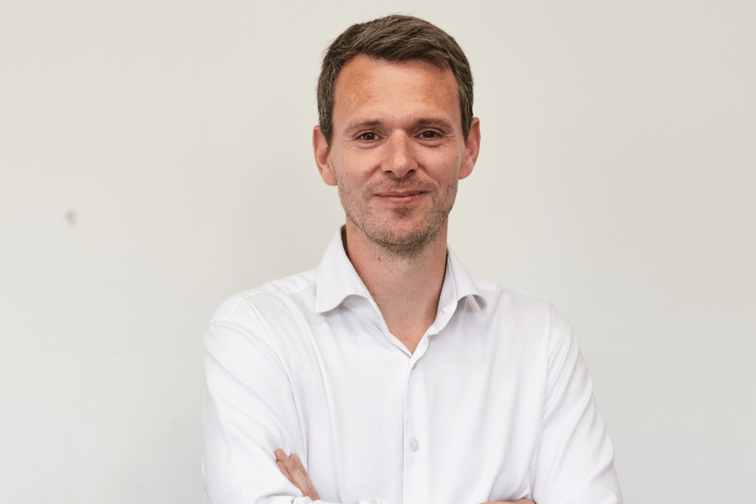

For Akur8, COVID-19 has been an unexpected boon.
Launched in 2019 in Paris, France, the insurtech start-up is focused on an AI-based SaaS insurance pricing product that automates significant parts of the modeling process for underwriting. At the same time, it keeps full transparency and control on the models as required by global regulators.
Akur8 has raised more than $40 million in venture capital so far, and it has expanded across Europe, opened a US office in New York City, and plans to expand its presence to Tokyo by later next year. Akur8 has clients in 25 different countries around the world and as many as 55 clients at this point. Co-founder and CEO Samuel Falmagne (pictured) said that COVID-19 and the initial lockdowns that prevented in-person collaboration worked in Akur8’s favor.
‘The value of a software-as-a-service solution in terms of the capability to collaborate with remote people has certainly been an accelerator in our growth,” Falmagne said.
More than that, however, going virtual during the worst of the pandemic allowed the company to penetrate many markets it ordinarily wouldn’t have reached so soon.
“Everybody was used to having everything through the computer and not in physical meetings,” Falmagne noted. “It allowed us to sell in Chile or Japan the same way we were selling in France, without needing to have local offices.”
Akur8 has roughly 103 employees at this point, serving clients in areas including all the major European markets, the US, South America, Singapore and China.
A primary focus has been underwriting modeling for personal insurance, but the company is in commercial insurance areas as well, including commercial liability, commercial auto, commercial property and marine cargo.
Transparent and unique
Akur8 describes its technology as unique because its software combines machine learning and actuarial practices to help optimize pricing. It automates all of the data-driven processes, which is buttressed by the modeling expertise of users, who are typically pricing actuaries. The software essentially helps insurers build their rates. Falmagne said the company’s algorithms, technology and intellectual property combine to create a smooth, unique experience. APIs help connect with users, who end up with suggestions of different underwriting options based on data they submit.
Insurers can typically take months to build modeling for an insurance product, but the machine learning element helps reduce this “by a factor of 10,” Falmagne said.
Integration
Recently, Akur8 announced it had formed a partnership with MS&AD insurance Group, in a deal that both sides pitched as boosting accuracy, speed and the predictive successes for underwriting.
According to Falmagne, an integration with Akur8’s core technology is pretty simple, starting with a look at the underwriting systems it is replacing, or evaluation of clients that did not have an underwriting product and want one.
Once that’s done, Akur8 imports the data sets into its system for modeling. This includes underwriting data or any available and relevant external data. Akur8 isolates the client data, and it can be done automatically through API connections.
Modeling takes place through the running of Akur8’s algorithms. Once the system compiles risk proposals and demand models, then the systems adjust the proposed rate. Clients then draw rate tables and other “factors and coefficients” from the results into their finished product.
“They’re going to send the tables to their team that is going to put them into production in the rating engine,” Falmagne explained.
This isn’t a process that has to happen every day, and direct integration isn’t required.
“It’s a process that you do every three months, every six months, or every year – it depends on the [insurance] product,” Falmagne noted.
In theory, customers can start using the software within a day. The total integration process can take a few weeks, however, including training to use the platform and understand the technology.
“It’s just time to create the environment and for granting access,” Falmagne said. “Everything is automated on the website.”
As the company expands robustly in the US, Japan and elsewhere, that process will serve it well, Falmagne added.
“We can … train the client remotely, so it’s very easy to be international,” Falmagne said.
